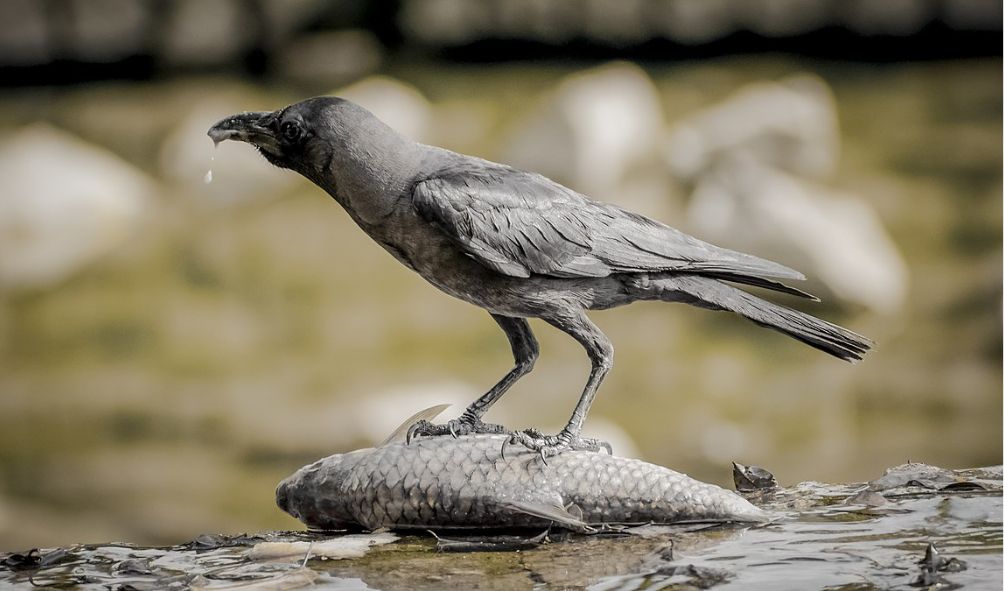Government vows to wipe out over one million crow birds in the coast by end of year

The government has declared war on one of its most troublesome house crows, announcing plans to eliminate one million invasive birds by the end of this year
The government has declared war on one of its most troublesome house crows, announcing plans to eliminate one million invasive birds by the end of this year.
The decision comes after years of grappling with the disruptive presence of house crows, which have wreaked havoc on local bird populations and posed significant challenges to the hospitality sector, particularly along the coastal regions.
The Kenya Wildlife Service (KWS), in a statement released on Friday, June 7, noted the disruptive nature of house crows, labeling them as invasive alien birds that have plagued the public for decades.
According to the KWS, these birds have not only driven local bird species from their natural habitats but have also caused considerable inconvenience to tourists, particularly within the coastal hotel industry.
Speaking at a meeting attended by various stakeholders, including representatives from the hospitality sector and wildlife conservation organizations, Prof. Charles Musyoki, Director of Wildlife and Community Service representing the KWS Director General, highlighted the urgency of the house crow eradication programme.
The house crow (Corvus splendens), also known by various other names such as the Indian, grey-necked, Ceylon, or Colombo crow, originated in Asia but has since spread to many parts of the world, aided by shipping activities.
In Kenya, these birds were introduced and have been steadily increasing along the coast, displacing native bird species such as the Pied Crow.
With their remarkable adaptability and association with human settlements, house crows have demonstrated a significant invasive potential, not just in Kenya but across the tropics.
Nation Media Group announces mass staff lay-off
How state officials used Sh12b on domestic travel in 9 months; CoB Report
Court acquits Oscar Sudi over charges of forging academic certificates
Survivors of Nyayo House torture sue government over restricted access to the torture chamber
Shock as man walks into church poops a statue of Jesus as congregants pray in Siaya
Their preference for areas with abundant waste makes rapidly developing urban centres like Mombasa, Malindi, Watamu, and Kilifi ideal habitats.
However, their presence poses numerous threats, including disease transmission, predation on native bird species and their eggs, and disturbance to residents and tourists with their incessant cawing.
This is not the first time the government has initiated plans to deal with the birds.
The previous attempt over 20 years ago reduced the bird population, but the exponential rise has necessitated new plans.
While house crows may have arrived in East Africa in the 1940s, their establishment along the Swahili coastline has made them a formidable challenge for local authorities.
Their omnivorous diet, coupled with their adaptability to urban environments, has fuelled their rapid expansion, necessitating decisive action from the government.
Also read,
Chaos as Varsity students stage demonstrations
Khalwale hits out at Speaker Wetang’ula after meeting with Kakamega MCAs
Former Kenya Pipeline director acquitted of Sh644m corruption case
ODM lawmaker differs with Raila on the One-Man-One-Shilling campaign
Government orders HELB to open the funding portal for students to apply
Muguka shareholders issue fresh demands to the government after the ban
Follow us





